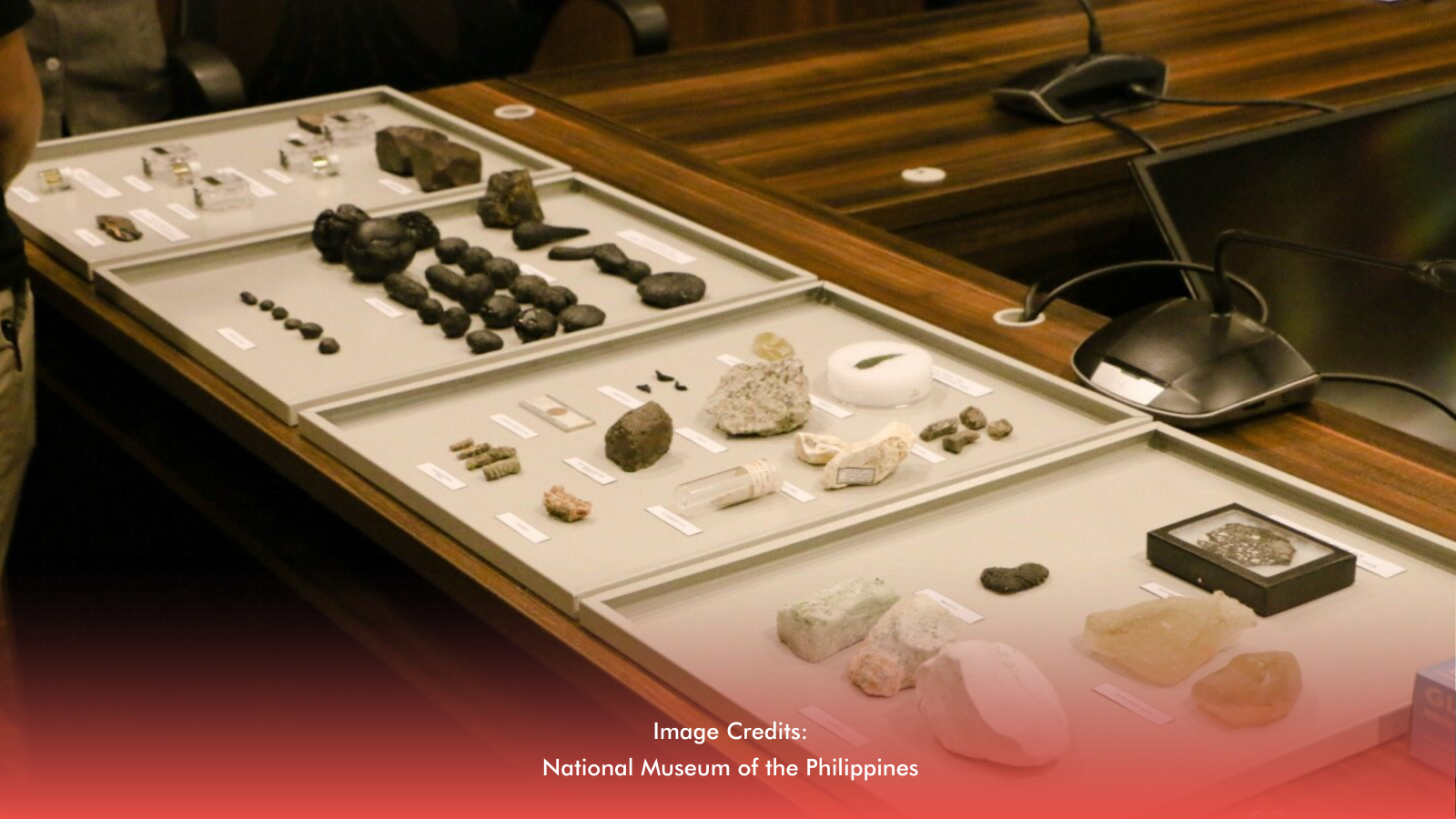The National Museum of the Philippines just took a giant leap forward in preserving the country’s cosmic history. As of August 5, six out of the seven known meteorites that have fallen in the Philippines are now part of its National Reference Collections, a big win for space enthusiasts and history buffs alike.
Welcoming New Space Rocks to the Collection
The latest additions—the Pampanga, Paitan, and Ponggo meteorites—were officially welcomed during Philippine Space Week. The Bayanihan Meteorite Recovery Team donated the Pampanga and Paitan specimens, while Ponggo’s fragments came from a private collector. These join the already displayed Pantar, Bondoc, and Orconuma meteorites, making the museum’s space rock lineup even more impressive.
More Than Just Rocks: Stories That Connect Us to the Stars
Each meteorite comes with its own fascinating backstory. Pampanga is the oldest meteorite on record here, having fallen near the Santa Monica Church in Mexico, Pampanga, way back in 1859. The Paitan meteorite landed in Ilocos Sur in 1910 and was once linked to Halley’s Comet.Locals even thought it was a sign of the end of the world!
Fast forward to 2022, and the Ponggo meteorite made headlines after crashing into a house in Quirino province, leaving a small crater in the concrete floor. It’s the freshest piece of space debris to land in the country, and now it’s officially part of the museum’s collection.
The One That Got Away, For Now
There’s still one meteorite missing from the National Museum’s collection: the Calivo meteorite. It fell in Aklan in 1916 but hasn’t yet found its way to the museum. Scientists and collectors hope to add Calivo soon, so the National Museum can finally showcase all seven Philippine meteorites under one roof.








